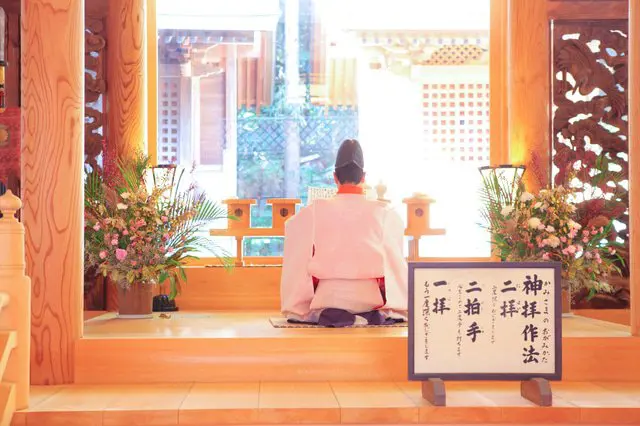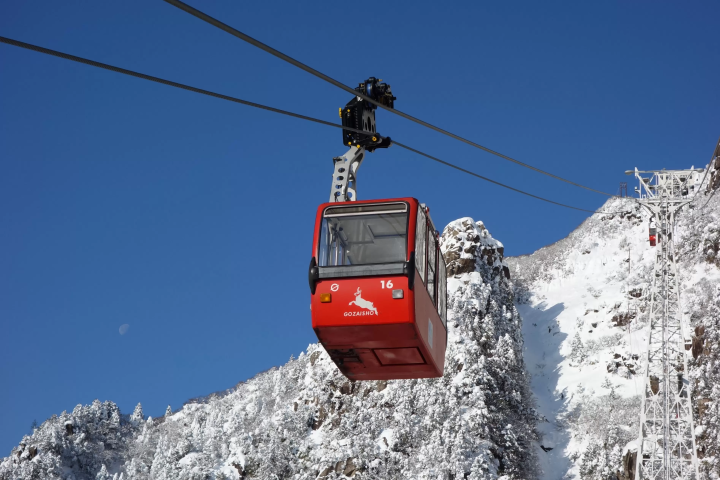Yaku (Misfortune) - Japanese Encyclopedia

The Japanese term "yaku" refers to the bad luck accumulated in our everyday lives. Find out the years when this bad luck occurs and traditional methods to rid the body of this superstition!

Photo by Pixta
"Yaku" in Japanese refers to hardships due to illness and unlucky events that happen in our everyday lives. A long-standing belief from ancient times, this period in life when misfortunes can easily occur is called "yakudoshi" ("unlucky years").
What is Yakudoshi?
Yakudoshi translates to "bad luck year" and indicates a specific age in your life where unlucky things can unfold. This superstitious custom has existed for over 1,200 years.
The Yakudoshi year is different for men and women. For men, it's typically the ages of 25, 42, and 61. For women, it occurs during the ages of 19, 33, 37, and 61. Yakudoshi is also referred to as "honyaku," which stresses that the individual may have a misfortunate year.
The year before yakudoshi is called "maeyaku," which roughly means "before the bad luck." Likewise, the year after is called "atoyaku," which translates to "after the bad luck." It is recommended that you take special care of your health and potential mishaps during these three years.
Yakuyoke or Yakubarai? All About This Religious Service
The yaku (bad luck) accumulated from daily life is removable from shrines and temples. This religious service is called "shinji" and has a different name depending on whether it is a shrine (Shinto) or temple (Buddhist). At temples, this service is called yakuyoke, and at shrines it is referred to as yakubarai.
※Some Buddhist sects may not practice yakuyoke.
Whether you decide to do yakuyoke or yakubarai, you need to pay a fee called "kitouryou" in Japanese. The shrine or temple determines the cost, but the standard price is generally around 5,000 yen per occasion.
There are many yakuyoke and yakubarai services taking place at the beginning of the year. Some people believe starting the new year with a fresh slate requires getting rid of the bad luck amassed over a year.
However, there is a year-round religious service called "kito" where you can pay for divine protection from either Shinto or Buddhist deities. Although no dress code is enforced, entering a shrine or temple will require you to take off your shoes.
Walking barefoot in these sacred spaces is considered both rude and unsightly. To avoid a cultural faux pas, it's recommended to wear socks or stockings during your visit.
This is the official account of MATCHA's editorial department. Our articles feature useful travel information for visitors to Japan, from how-to guides to recommended places to visit.







































![[Yufuin] From breathtaking views to skin-beautifying hot springs. A variety of day trip hot springs to fully enjoy Yufuin](https://resources.matcha-jp.com/resize/720x2000/2026/01/18-255919.webp)

![[2026] The Matsusaka Lantern Festival will be held to light up the winter night sky!](https://resources.matcha-jp.com/resize/720x2000/2026/01/05-254777.webp)